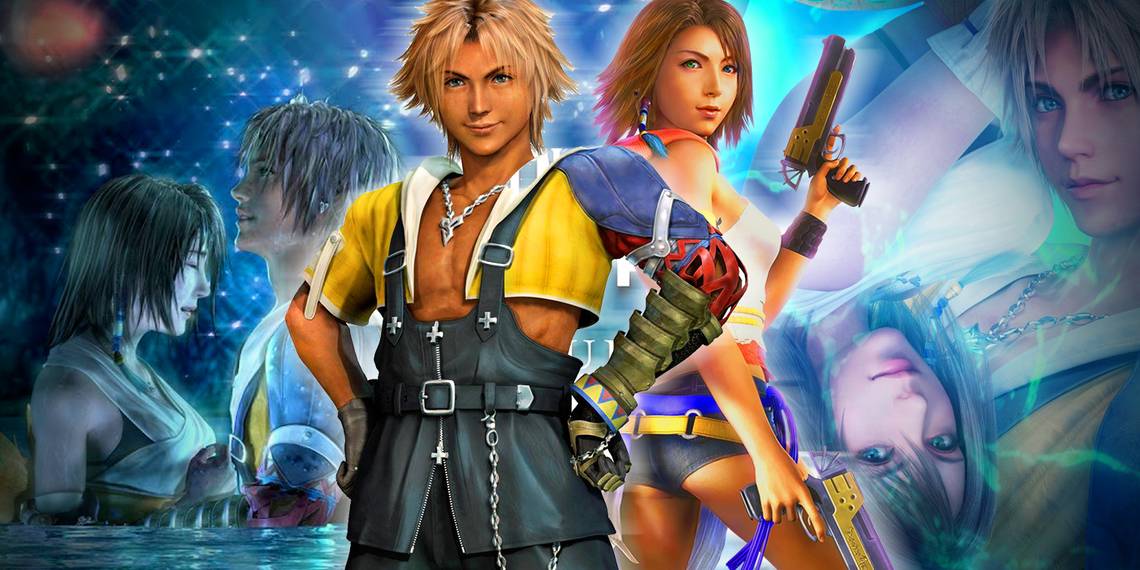
I’ve been playing a bit of Final Fantasy X as of late. I actually first started playing it on PC, but it crashed a lot, and I’m not sure why. Maybe it has something to do with the technical specs of my computer. I’m not really that knowledgeable about such things. But anyway, it didn’t cost much on Switch, so I’ve been playing that version instead. One of my first observations about the game was that it had a guy who ended up 1000 years in the future and befriended someone voiced by John DiMaggio, which sounds familiar. I’m not entirely sure it was time travel, but that’s one possible explanation to a mystery that hasn’t been unraveled in what I’ve played so far. It begins with the protagonist, Tidus, being a star player of blitzball, which is basically underwater soccer. Apparently everyone who plays it can breathe underwater, or perhaps they’re on a steady diet of Oxyale.
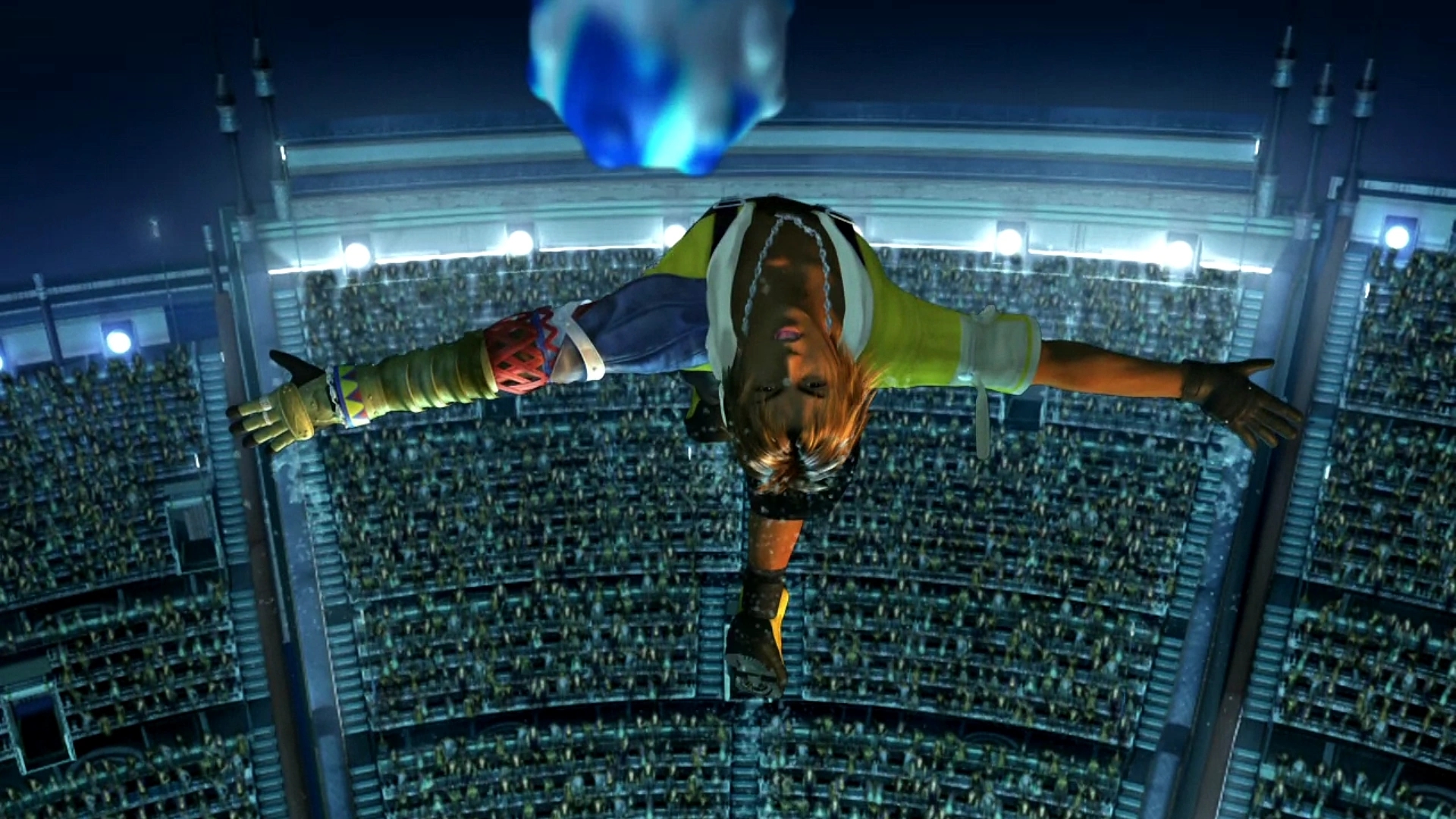
He comes into contact with a giant sea monster called Sin and ends up in a land called Spira, where everyone says his home city of Zanarkand was destroyed a millennium in the past. And it’s somewhat apropos that I was playing this on Father’s Day, because Tidus has some serious issues with his dad, Jecht. He was living in his father’s shadow in Zanarkand, and still is in Spira, where his father is remembered as a hero, not exactly how Tidus thinks of him. In Spira, blitzball is still incredibly popular, and is used as a distraction from the frequent attacks of Sin, who has only ever been defeated temporarily.
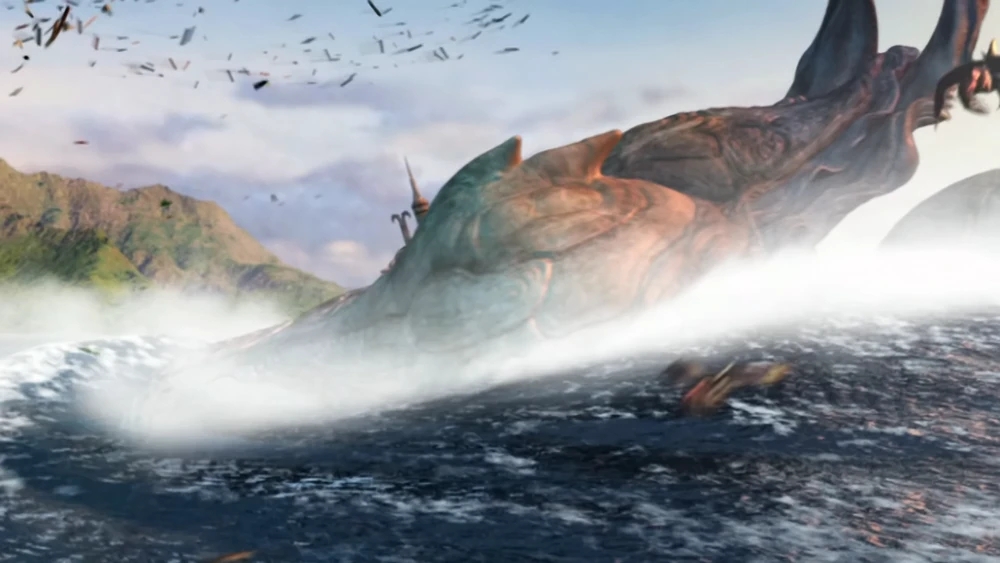
The main religion in Spira teaches that Sin is a punishment for the people’s actions, including their use of machines. This presumably only applies to certain machines, as this society has television. I’m sure the fact that pretty much every line about Sin can be interpreted to mean both the entity and the concept is intentional.
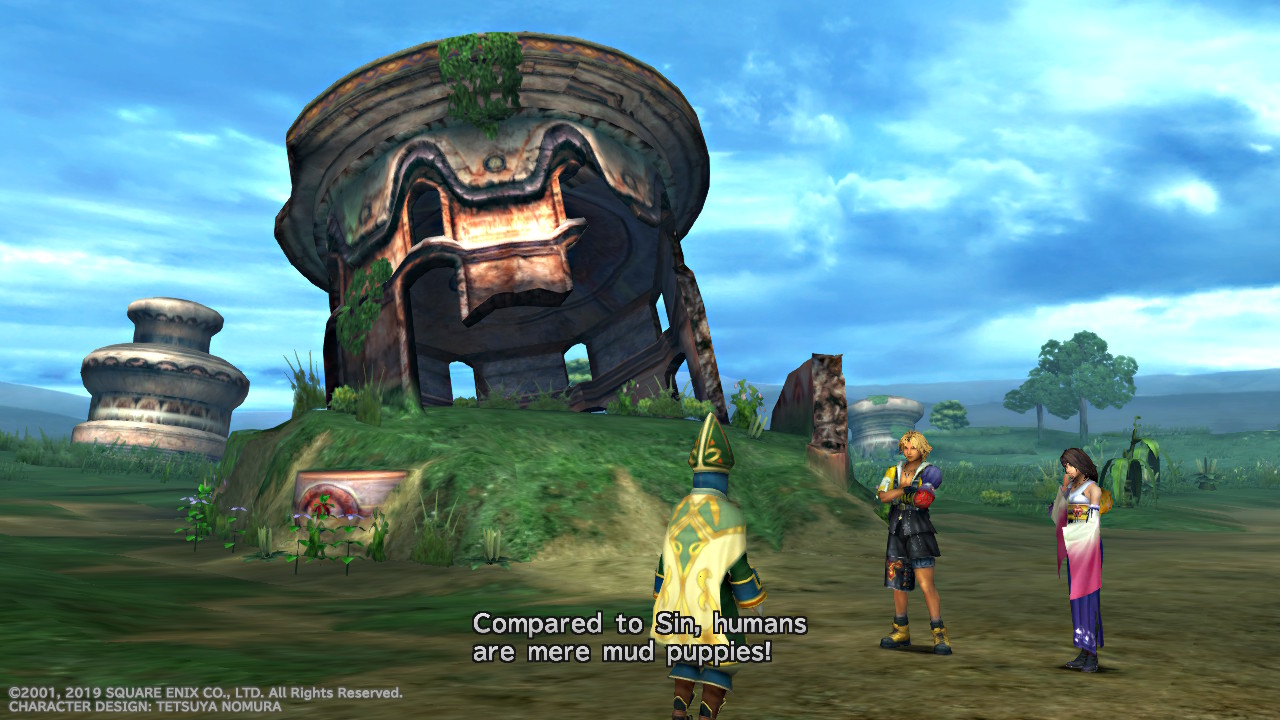
Summoners are an important part of the religion, trained to fight Sin. Tidus becomes the guardian to a young Summoner named Yuna, along with blitzball captain Wakka (he’s the one voiced by DiMaggio), Black Mage Lulu, strong and largely silent Kimhari Ronso, and eventually Auron, who also guarded Jecht, and who was apparently responsible for bringing Tidus to Spira.
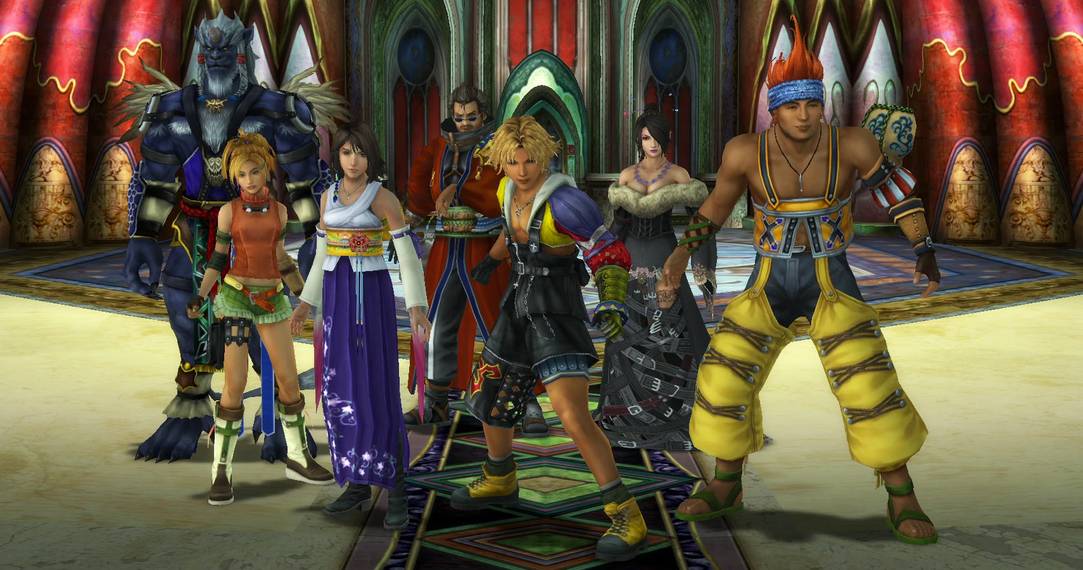
He tells Tidus that Jecht has become the current incarnation of Sin. There’s another character, the Al Bhed woman Rikku, who befriends Tidus after he first arrives in Spira, but she hasn’t reappeared yet. The Al Bhed are a tribe that doesn’t follow the mainstream religion and has their own language. The Ronso are their own non-human tribe, looking sort of like anthropomorphic blue lions, but with horns on their foreheads. Kimhari’s horn is broken, which the other Ronso mock him for, but I haven’t found out the story behind that yet. I did notice that this is the fourth game in a row where a woman with straight brown hair is a love interest for the hero.
I believe the version I’m playing (both on PC and Switch) has remastered graphics, but keeps the same style, with a lush South Pacific feel to its locations, although the religion seems more European in some ways.
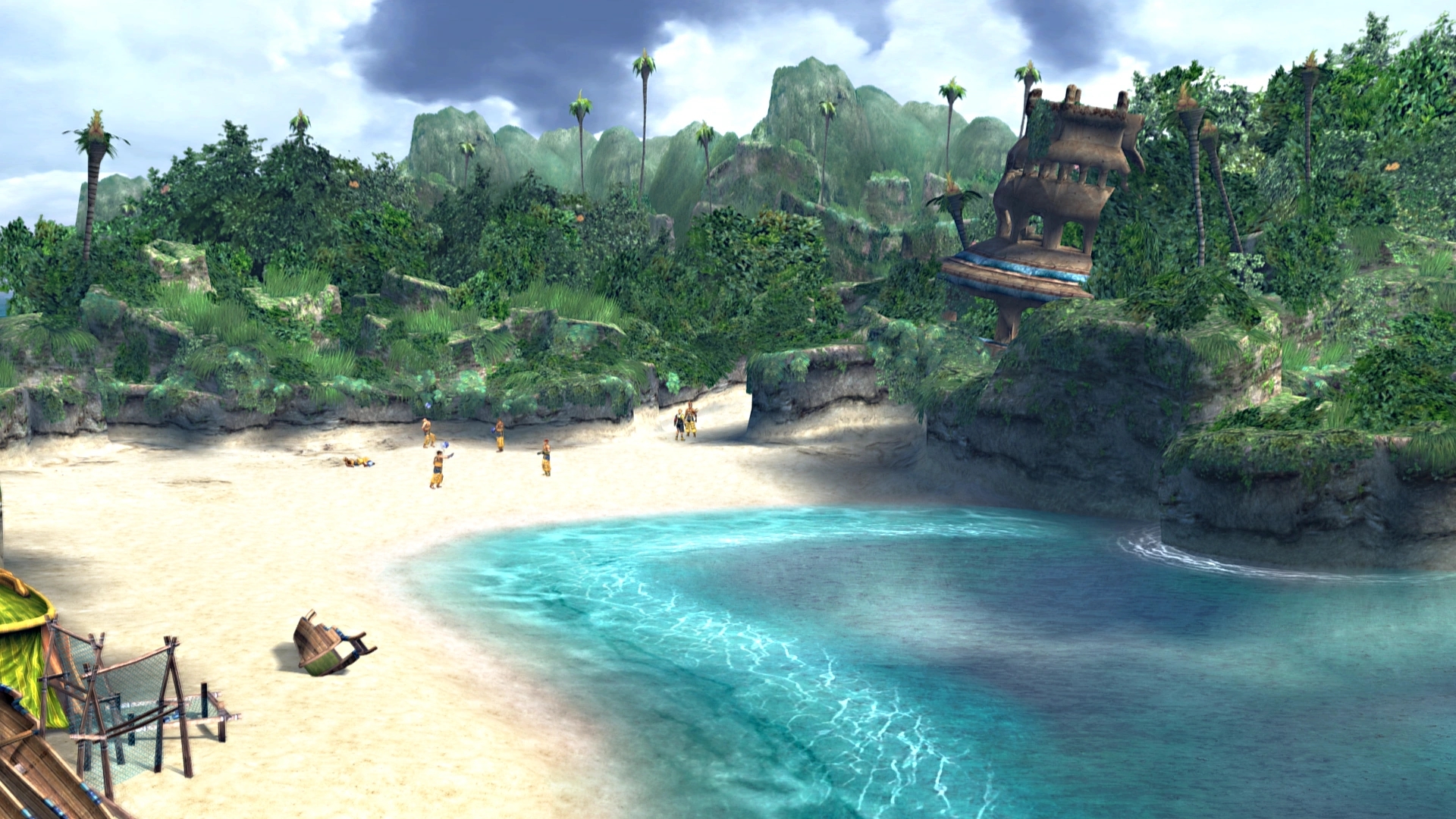
It’s also littered with ruins of a past civilization, which is pretty standard for the series. The outfits can be pretty fascinating, often mixing styles from different societies, and sometimes just being weird. I guess it’s Tidus’ own choice to have mismatching pants legs, but I also can’t help noticing that there’s a tag on his hood. Lulu wears strangely fashionable (and, yes, revealing) goth clothing, and Yuna more traditional Japanese wear in mostly white and blue. And Auron has a samurai thing going on, but also wears those badass sunglasses all the time.
One oddity of the game is that the characters don’t level up, and different weapons and armor don’t increase strength or defense, although they do have different special effects. Instead, growth is mostly achieved through the Sphere Grid, which lets you learn new skills and increase various attributes. You’re able to move through the Grid with points you get from fighting monsters (here all called Fiends), so grinding is still a thing, just a little less straightforward than usual. It takes some getting used to, but it doesn’t seem as needlessly complicated as the Junction system in FF8. Each character has their own types of weapons and armor, with Wakka attacking by throwing blitzballs, and Lulu using doll versions of monsters.
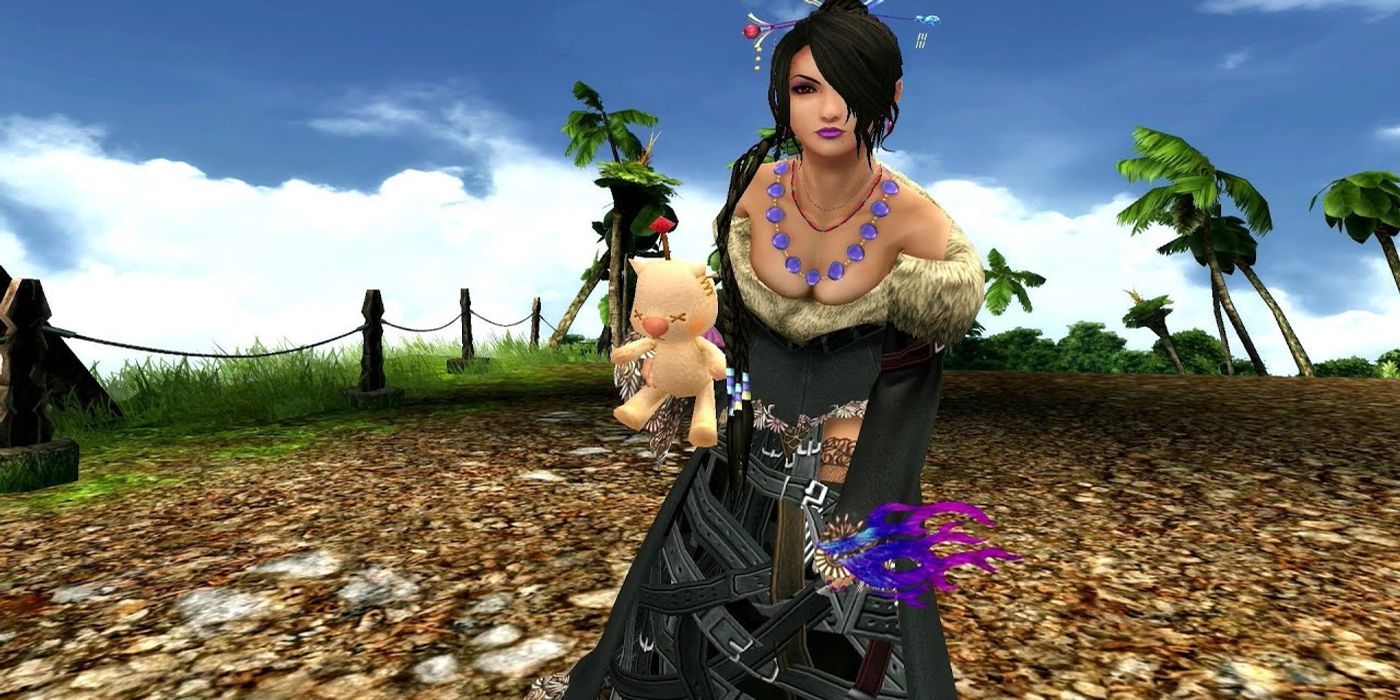
Summoned monsters, or Aeons, stick around after they’re called, and can be hurt and knocked out, like in 8.
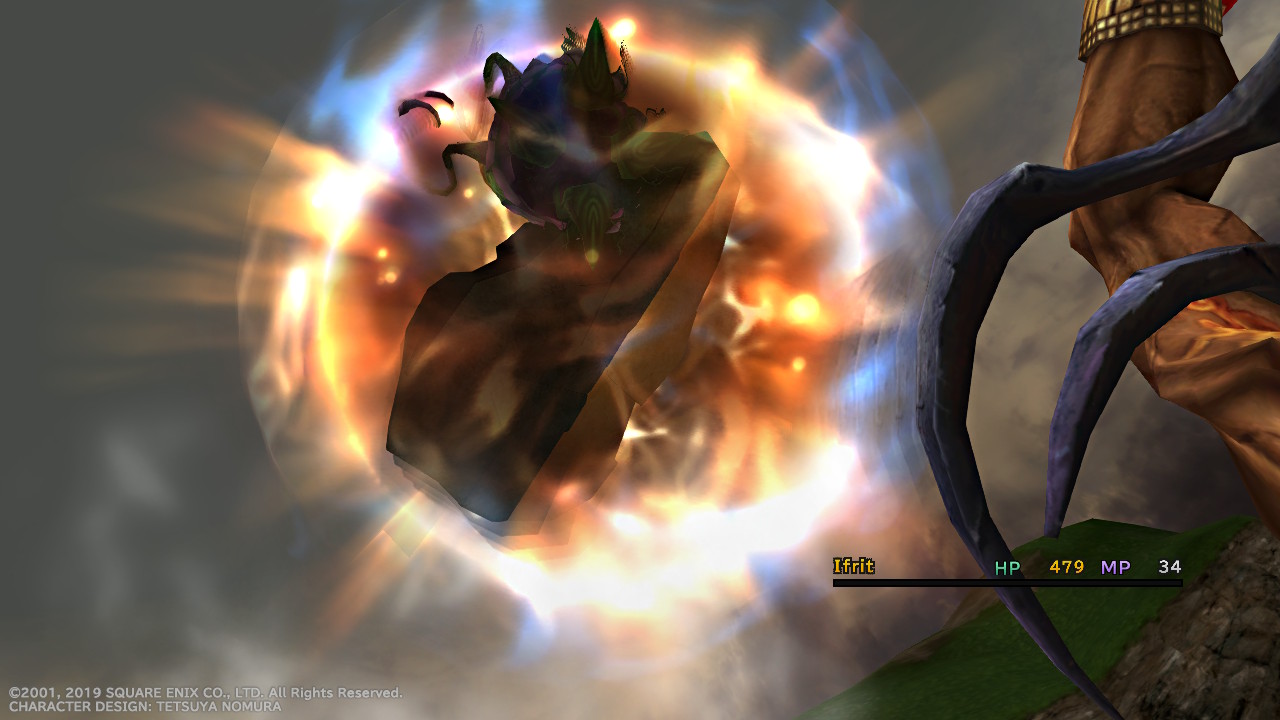
I like how Ifrit‘s Overdrive attack not only has him blast the enemies multiple times with fire, but also throw a big rock at them for good measure.
While you can only use three characters at a time in battle, you can switch to your reserves at will, with no penalty. A lot of the enemies I’ve encountered so far can be taken out in one hit with a technique used by a specific character. If the three active characters are wiped out, however, the game is over, regardless of how many are in reserve; and you can’t switch out dead characters for living ones. And there’s no interactive overworld map, although you do see new places you visit on such a map.
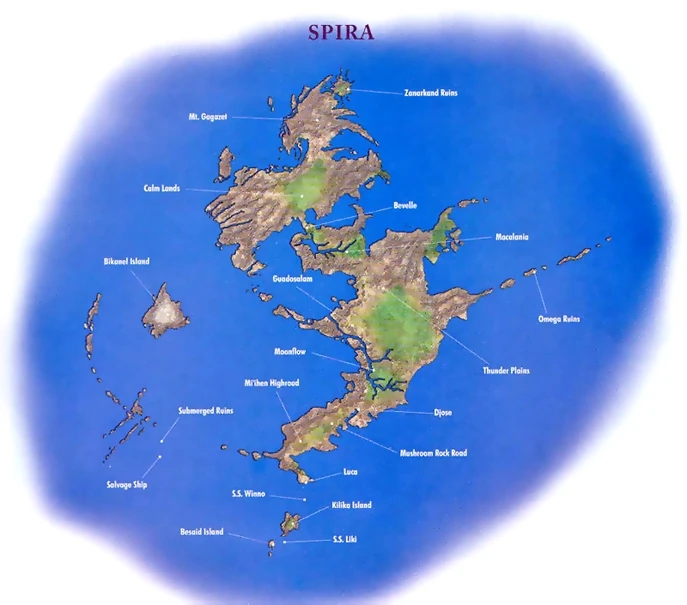
The story has been pretty straightforward so far, but it seems like I mess up on everything that doesn’t strictly have to be done, like the blitzball game and the fight against the Chocobo Eater. Perhaps that’s typical for a first-time player. From what I’ve read, you don’t have to win either one, but you get bonuses for doing so. I had thought from the descriptions that blitzball would be too fast-paced, but it actually pauses the action quite frequently; instead, it’s all the statistics you have to take into account that make it difficult. I’ve just finished the part inside the Djose Temple, and have been taking my time on the road to the Moonflow as I was wiped out a few times, mostly by the Ochus.
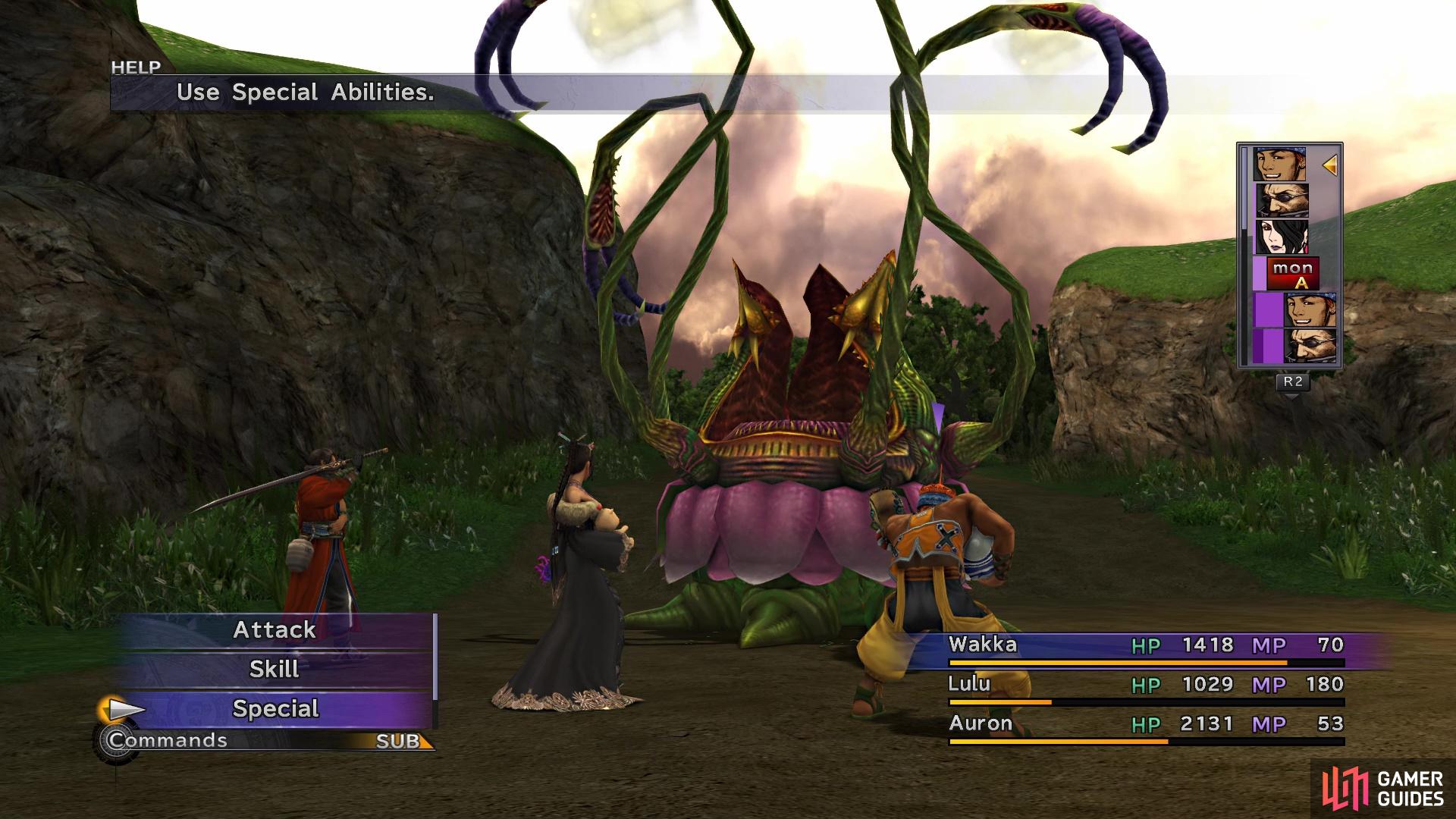
It’s depressing how much of a body count there’s been, all due to Sin, who attacked both Kilika and Mushroom Rock, the latter part of a failed attempt to lure the creature into a trap.
I’ve talked with Beth about my reading and video game habits, and she’s said that she only likes to concentrate on one of each at a time. I tend to switch (get it?) between them a lot, although with games that’s often because of frustration. I was playing Dragon Quest Monsters: The Dark Prince a lot, but some of the bosses on the medium echelon of Nadiria are really hard to beat. I’m not sure if I need better monsters or just a better strategy. I will say that grinding in that game is even more tedious than usual, as the only places I know of to do it require a lot of walking back and forth and navigating terrain. I find it the sort of game that’s fun to experiment with, but kind of vexing to progress through the story. I have encountered Healie, however, who for some reason looks like an old-fashioned schoolboy in his human form.
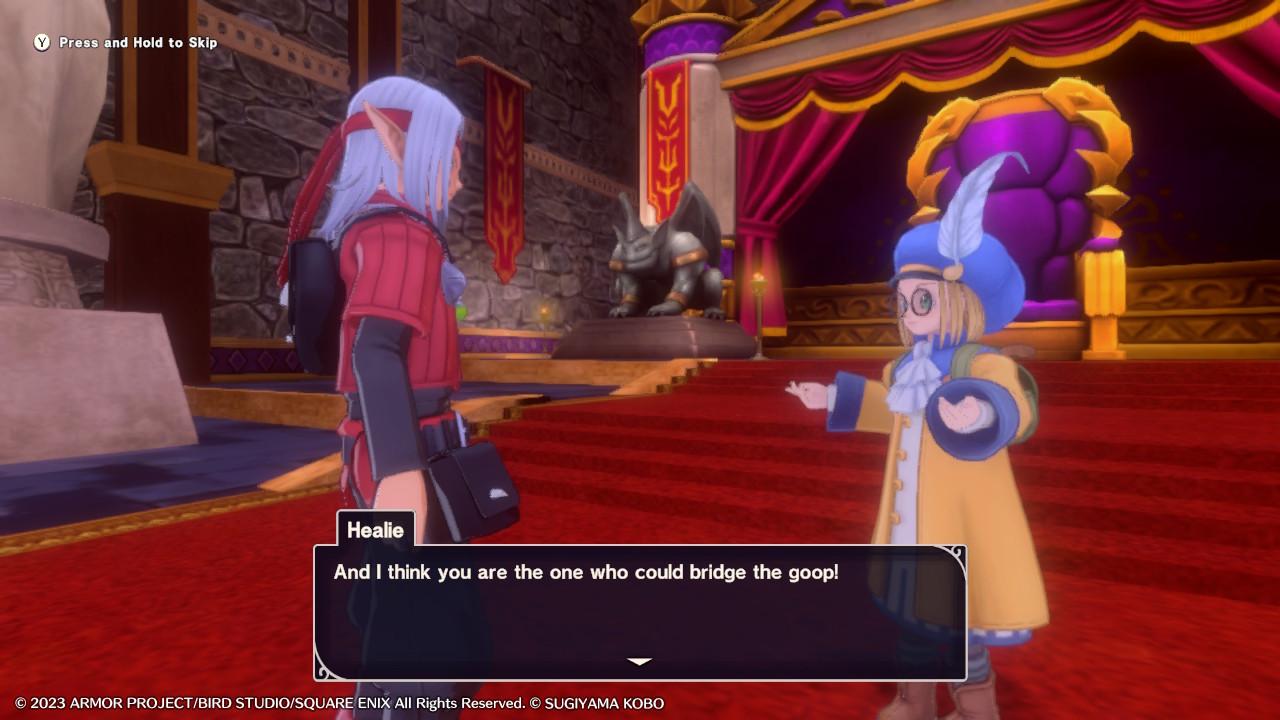
I’ve made it up to the final chapter (or at least what looks like it) in Final Fantasy IV: The After Years.
Reunited and it feels so dra-good.
And I’ve gotten back into playing The Sims 4, which is incredibly time-consuming. For some reason I tend to have my interest in Sims games rekindled when I dream about them, which is a surprisingly common occurrence. In the dreams, however, I usually make really big mistakes that I can’t figure out how to fix, resulting in characters disappearing or something.

